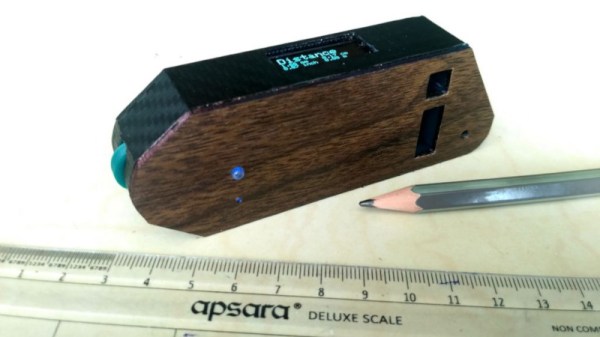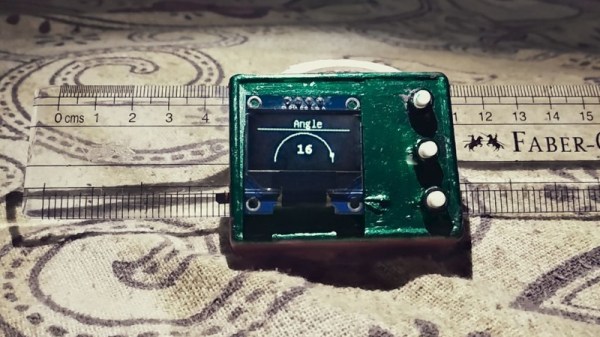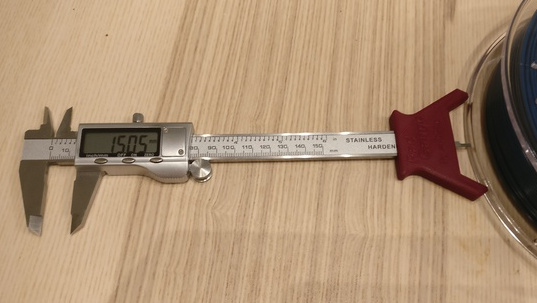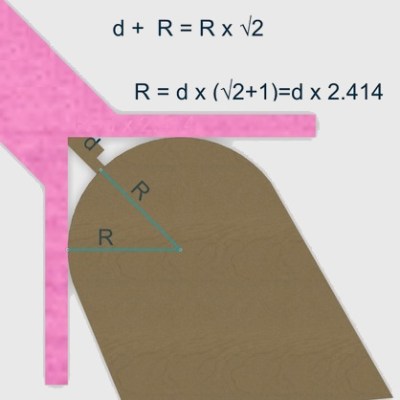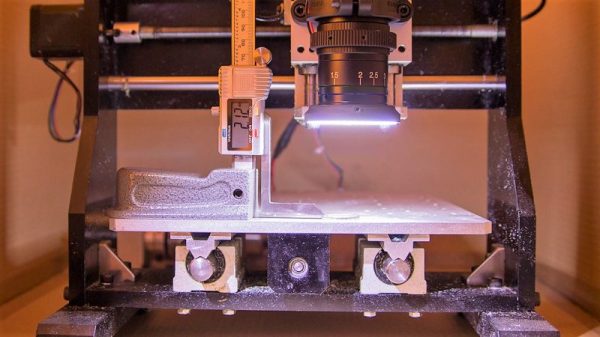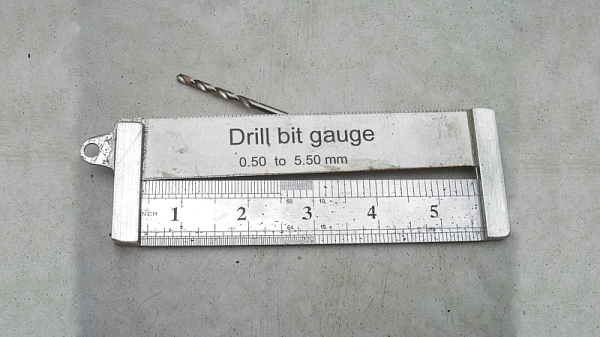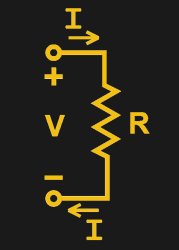In any mechanical field of work, accurate measurement is key to success. [Patrick Panikulam] knows this well, and decided to build a device that would be useful for some of the more tricky measurement tasks he was encountering.
[Patrick]’s digital multi-functional measurement tool packs a bunch of useful hardware into a pocket-sized form factor. There’s a Sharp IR distance sensor for non-contact measurements, a rotary wheel encoder for measuring distances along curved lines, and an MPU6050 IMU packing accelerometers and gyroscopes for measuring angles and surface levels. Control is via touch buttons, so measurements can be taken without disturbing the position of the device.
The use cases for such a device are many and varied. [Patrick] reports using it to verify that his 3D printer bed is leveled, as well as using it to measure curved surfaces in order to accurately cut stickers to suit. It’s got the hardware to serve as a digital protractor, too.
Combining a variety of useful hardware into a compact form factor, while also taking into account usability, has netted [Patrick] a handy tool. It’s not dissimilar from commercial measurement tools available online, and yet is completely built from off-the-shelf parts. Truly a handy device to have in any hacker’s toolbox!

